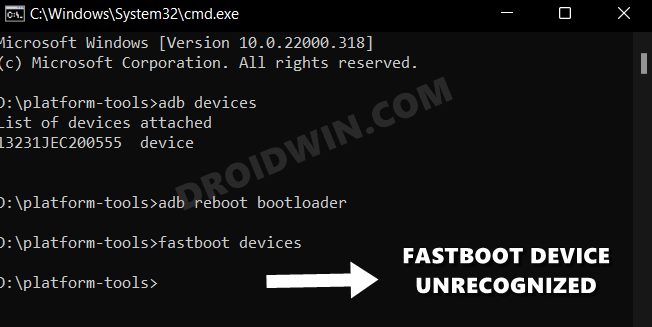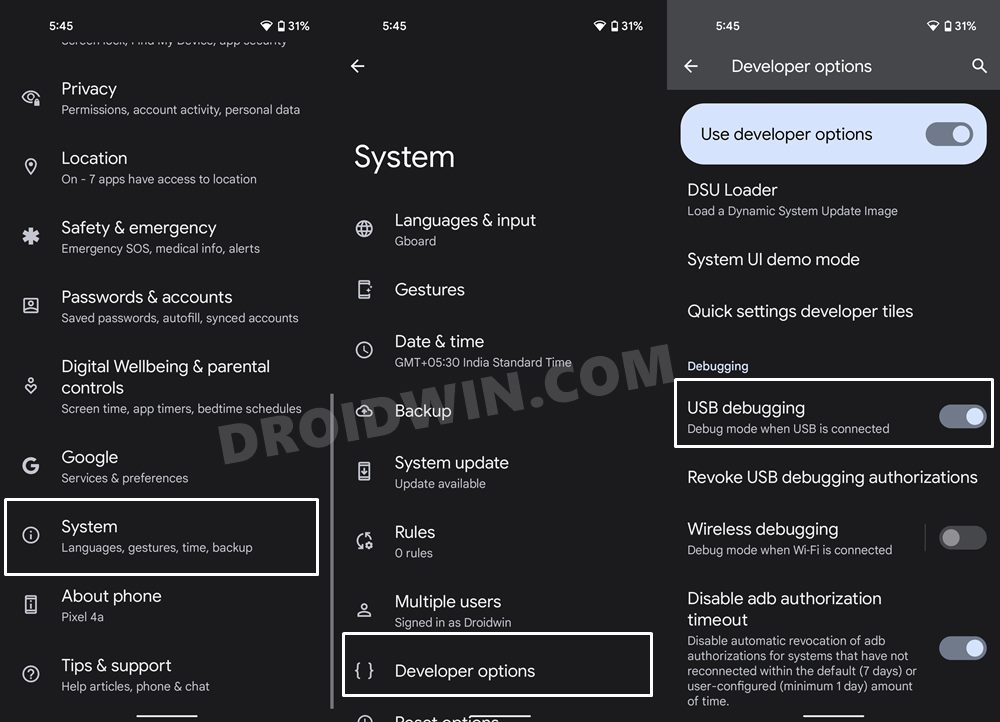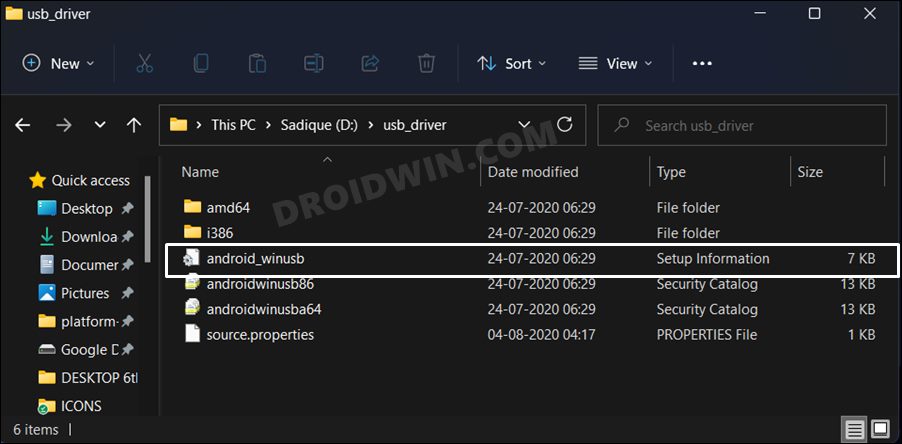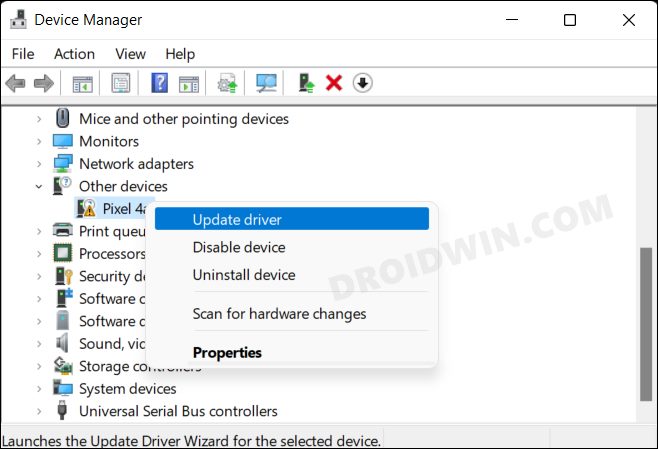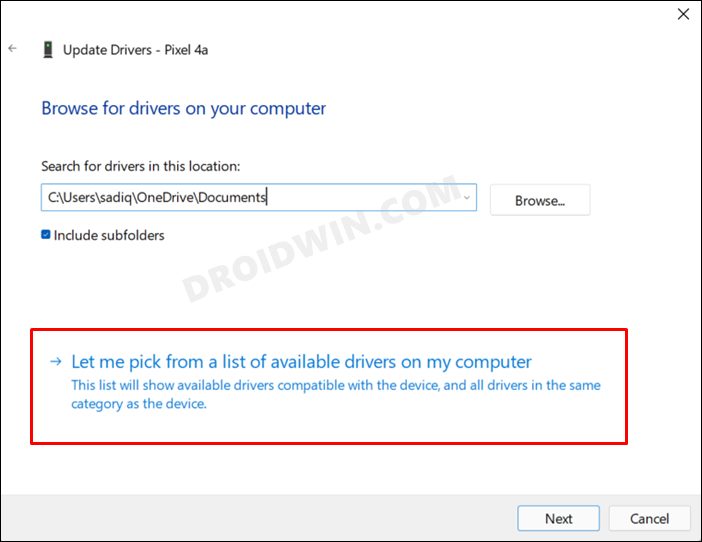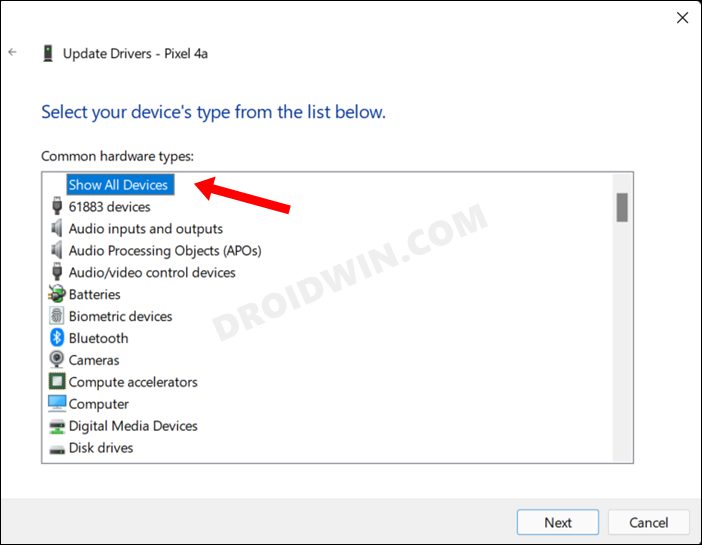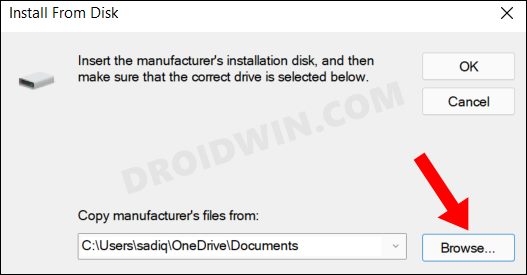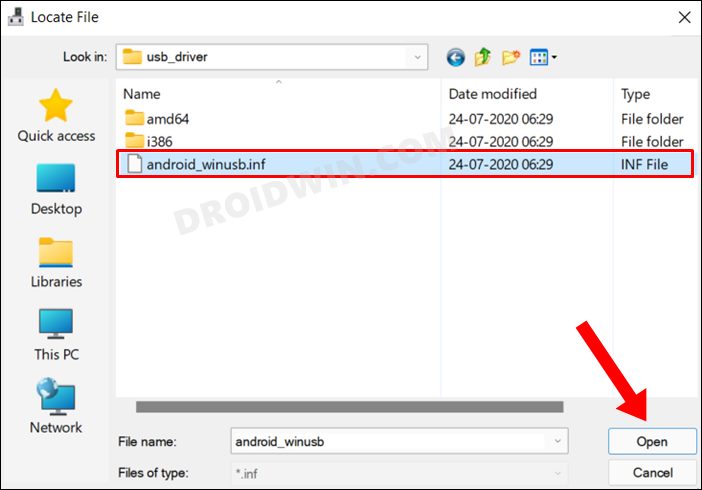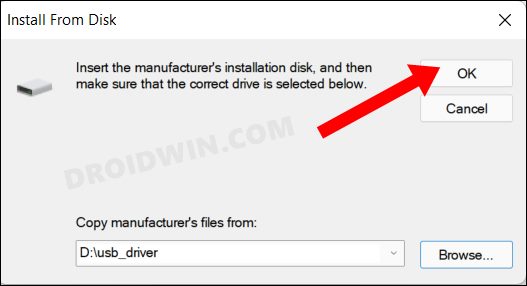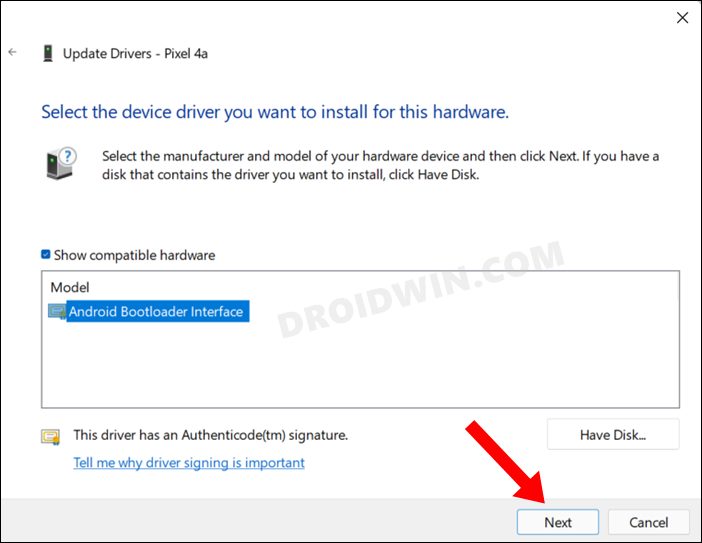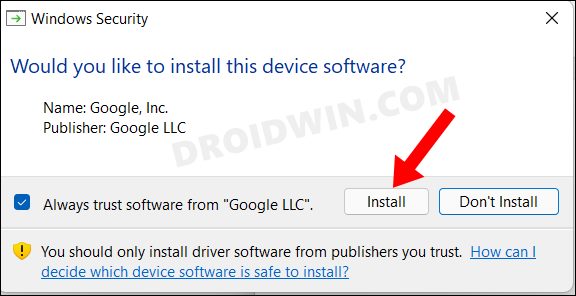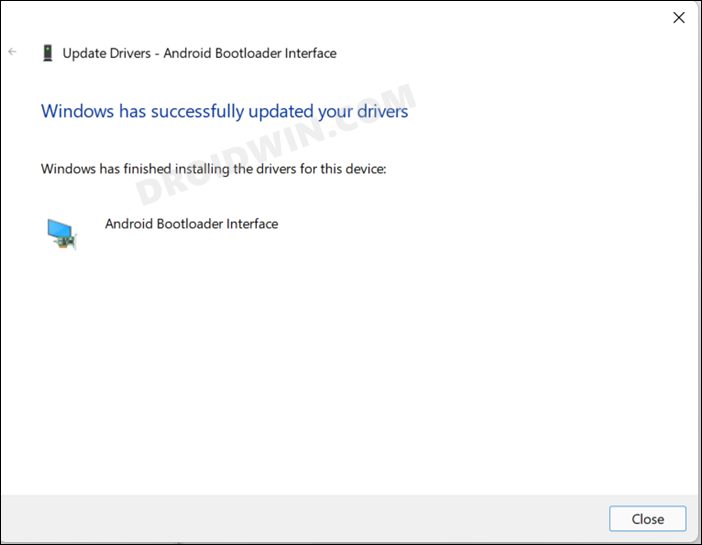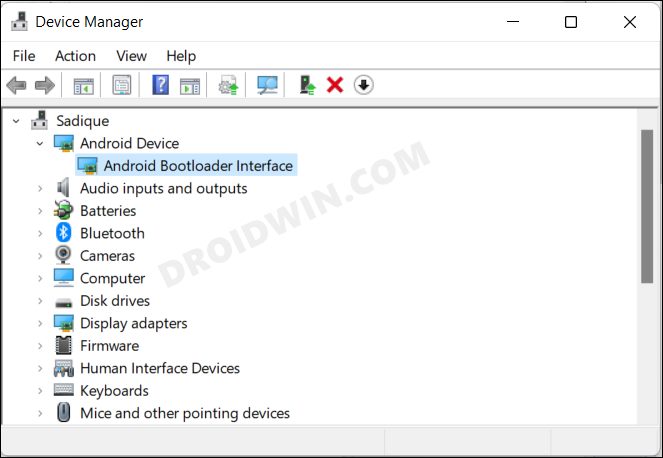In this regard, while you could still boot your device to this mode without the use of a PC, but every other task from then onwards would require a computer. However, if your PC doesn’t have the required drivers installed, then it wouldn’t be able to identify the connected Fastboot device in the first place. And installing the Android SDK Platform Tools wouldn’t do any good either. The Platform Tool will only help you in interacting with the ADB environment. But as soon as you enter the Fastboot ecosystem, it will all come to a halt.
Even the CMD window will either show the “waiting for device” message or just display the blank output. What about the Device Manager? Well, it might list out your device name, but it would be under the Other Devices section with a yellow exclamation mark. All in all, you wouldn’t be able to execute any Fastboot command whatsoever. So owing to all these reasons, it becomes an absolute necessity to install the Fastboot Drivers on your Windows 11. And in this guide, we will show you how to do just that. Follow along.
How to Install Fastboot Drivers in Windows 11
Verify Fastboot Driver Installation on Windows 11
Now that the drivers have been successfully installed, let’s put them to rest right away. From now, on. you may execute the desired Fastboot Commands without any issue. And on that note, we round off the guide on how to install the Fastboot Drivers (aka Android Bootloader Interface Drivers) onto your Windows 11 PC. If you have any queries concerning the aforementioned steps, do let us know in the comments. We will get back to you with a solution at the earliest.
About Chief Editor
